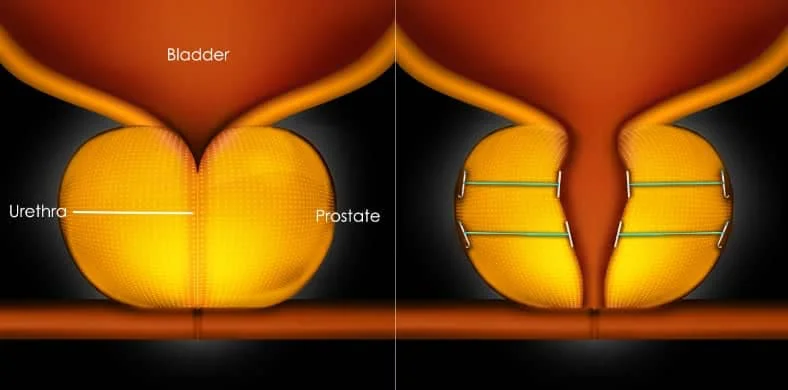
Incontinence Surgeries
Incontinence surgeries are procedures that are performed to help improve urinary control and reduce symptoms of incontinence. There are several types of incontinence surgeries, including:
- Sling procedures: This type of surgery involves the placement of a small sling of tissue or synthetic material under the urethra to support it and prevent leakage. The most common types of sling procedures are the tension-free vaginal tape (TVT) procedure and the transobturator tape (TOT) procedure.
- Bulking agents: Bulking agents are injected into the tissue around the urethra to help increase resistance and prevent leakage.
- Bladder neck suspension: This procedure involves the surgical repositioning of the bladder neck and urethra to improve bladder control.
- Artificial urinary sphincter: This is a device that is implanted around the urethra to help control the flow of urine.
- Urethral bulking: This is a procedure that involves injecting bulking agents into the urethra to help reduce urine leakage.
Preparation for incontinence surgery varies depending on the type of procedure and the patient's individual condition. The patient will typically have a physical exam, urine test, and possibly a cystoscopy before the surgery. The patient may also be asked to stop taking certain medications and to avoid eating or drinking after a certain time before the procedure.
Patients should discuss the benefits and risks of the procedure with their doctor, as well as any specific preparation instructions. It's important to note that incontinence surgeries may not be suitable for everyone, and not all procedures are available at every center.








